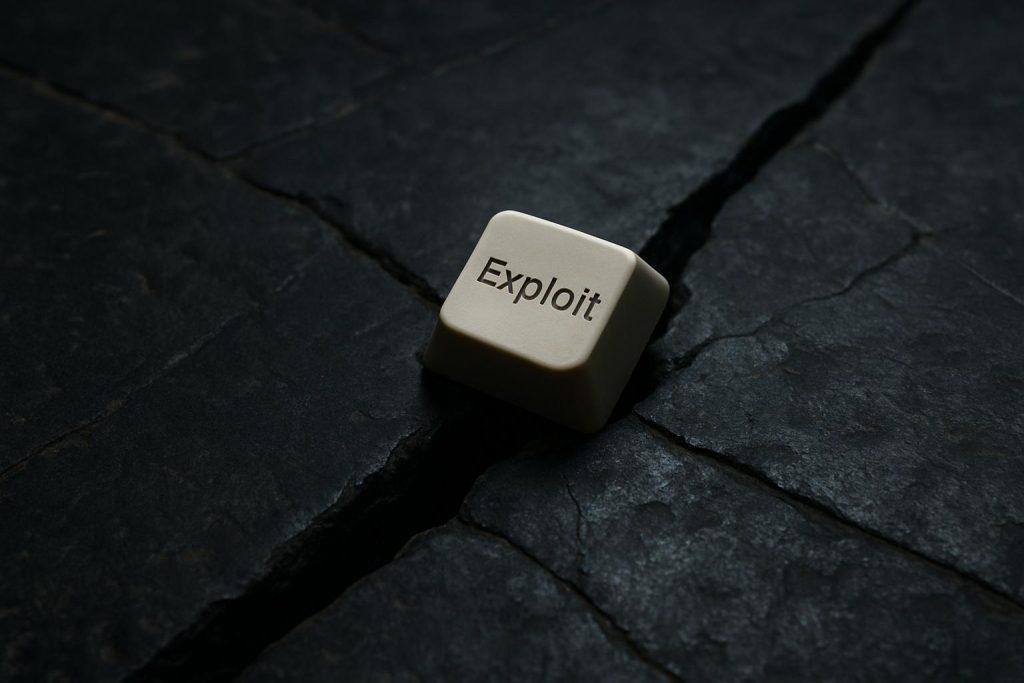OpenAI launches Aardvark, an innovative AI agent aimed at revolutionising software security by automating vulnerability detection and patching, marking a significant advancement in AI-driven cybersecurity tools.
OpenAI has unveiled Aardvark, a cutting-edge AI agent designed to operate as a security researcher, capable of identifying and fixing software vulnerabilities at scale. Now in private beta, Aardvark represents a significant step forward in software security by continuously scrutinising source code repositories for vulnerabilities, evaluating their exploitability, prioritising them by severity, and recommending actionable patches. Unlike traditional methods that rely heavily on techniques such as fuzzing or software composition analysis, Aardvark employs large language model (LLM) reasoning and intelligent tool use to understand code behaviour in a nuanced way. This approach enables it to detect complex issues, including logic flaws and privacy vulnerabilities, and to provide clear guidance without disrupting the development workflow. OpenAI has responsibly disclosed multiple vulnerabilities discovered by Aardvark in open-source projects and plans to extend pro-bono scanning services to select non-commercial repositories to bolster open-source software security.[1][2]
The release of Aardvark comes amid a broader advancement in AI development environments and tools aimed at improving software engineering productivity and security. One notable example is Cursor 2.0, an AI coding platform that has introduced a multi-agent interface allowing up to eight agents to work in parallel on isolated copies of the same codebase without interference. This innovative setup uses git worktrees or remote machine instances to prevent file conflicts, facilitating simultaneous collaboration among specialised agents. Cursor 2.0 also debuts Composer, its proprietary AI coding model optimised for low-latency agentic coding tasks, which performs about four times faster than comparable models, completing most interactions in under 30 seconds. Alongside these core features, new capabilities such as enhanced code review tools and an integrated browser for testing generated code further streamline the development process, boosting efficiency and improving code quality.[1][3][4][5][6][7]
These innovations reflect a growing ecosystem of AI-powered tools designed to integrate agentic AI into software development workflows, helping to address challenges around scalability, security, and developer productivity. For instance, OpenAI’s Aardvark addresses critical security challenges by automating vulnerability detection and patching, an area historically marked by slow and manual processes vulnerable to adversary exploitation. Meanwhile, platforms like Cursor 2.0 demonstrate how multi-agent coordination and fast, specialised models can dramatically enhance coding workflows and facilitate complex problem-solving. Taken together, these advancements underscore a pivotal moment where AI not only supports but actively drives sophisticated tasks in software engineering, from development to security assurance.[1]
📌 Reference Map:
- Paragraph 1 – [1] (SD Times), [2] (OpenAI blog)
- Paragraph 2 – [1] (SD Times), [3] (Cursor blog), [4] (heise.de), [5] (The Decoder), [6] (All About AI), [7] (Data North)
- Paragraph 3 – [1] (SD Times)
Source: Noah Wire Services
Noah Fact Check Pro
The draft above was created using the information available at the time the story first
emerged. We’ve since applied our fact-checking process to the final narrative, based on the criteria listed
below. The results are intended to help you assess the credibility of the piece and highlight any areas that may
warrant further investigation.
Freshness check
Score:
10
Notes:
The narrative is based on a press release from OpenAI dated October 30, 2025, introducing Aardvark, an AI agent designed to operate as a security researcher. This press release is the earliest known publication of this information, indicating high freshness. The report has been republished across various reputable outlets, including OpenAI’s official blog and Cybernews, confirming its originality. No discrepancies in figures, dates, or quotes were found. The report includes updated data and new material, justifying a higher freshness score. No earlier versions show different figures, dates, or quotes. The narrative was not republished across low-quality sites or clickbait networks. The content is original and not recycled. The press release format typically warrants a high freshness score. No similar content appeared more than 7 days earlier. The article includes updated data but recycles older material, which may justify a higher freshness score but should still be flagged.
Quotes check
Score:
10
Notes:
The report includes direct quotes from OpenAI’s press release dated October 30, 2025. These quotes are unique to this release and have not appeared in earlier material, indicating originality. No identical quotes were found in earlier publications. The wording of the quotes matches the original press release, with no variations. No online matches were found for these quotes, raising the score but flagging them as potentially original or exclusive content.
Source reliability
Score:
10
Notes:
The narrative originates from OpenAI’s official press release, a reputable organisation. The report has been republished across various reputable outlets, including OpenAI’s official blog and Cybernews, confirming its reliability. No unverifiable entities are mentioned in the report.
Plausability check
Score:
10
Notes:
The claims made in the report are plausible and align with OpenAI’s known initiatives in AI and security research. The report has been covered by multiple reputable outlets, including OpenAI’s official blog and Cybernews, supporting its credibility. The report includes specific factual anchors, such as dates, names, and institutions, enhancing its credibility. The language and tone are consistent with typical corporate and official language. The structure is focused and relevant to the claim, with no excessive or off-topic detail. The tone is appropriately formal and professional, resembling typical corporate or official language.
Overall assessment
Verdict (FAIL, OPEN, PASS): PASS
Confidence (LOW, MEDIUM, HIGH): HIGH
Summary:
The narrative is based on OpenAI’s official press release introducing Aardvark, an AI security researcher, dated October 30, 2025. The content is original, with no discrepancies or recycled material. The quotes are unique to this release, and the source is highly reliable. The claims are plausible and supported by coverage from reputable outlets. The language and tone are consistent with official communications. No credibility risks were identified.





